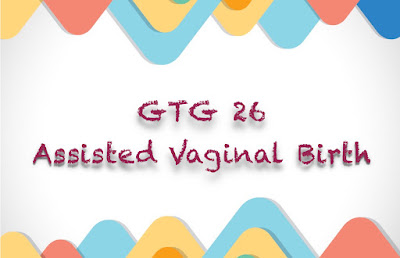This blog post is very basic advice regarding your preparation for the MRCOG exam. I am going to share a few tips to cover the GTGs which might be helpful in retaining the enormous information. I have added ALL GTGs Algorithms at the end of the post.
As we all know that green top guidelines are one of the backbones of the MRCOG exam. They are regarded as the ‘Bible’ for any topic. You have to know these words by word and by heart. If one goes and sits for the exam without GTGs, it's like he/she is on a suicide mission. I think I can not emphasise more on its importance.
The most important tip to understand and memorise GTGs is “to revise it as many times as you can or at least 3 times”
Steps to cover GTGs
- First of all, visit the RCOG website and search for all the guidelines. I have compiled all the green top guidelines in one of the blog posts. You will get one-click downloadable links to all GTGs.
- To access the post: Click Here
- Make sure to have the latest version of the guideline
- Decide whether you want to use soft copy or a printed form


